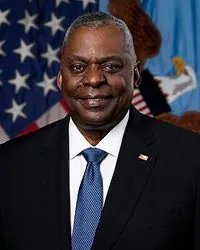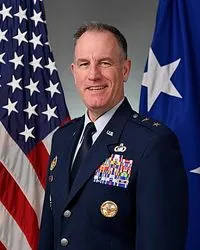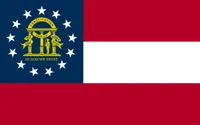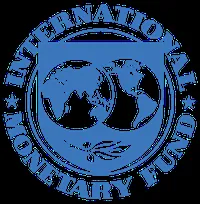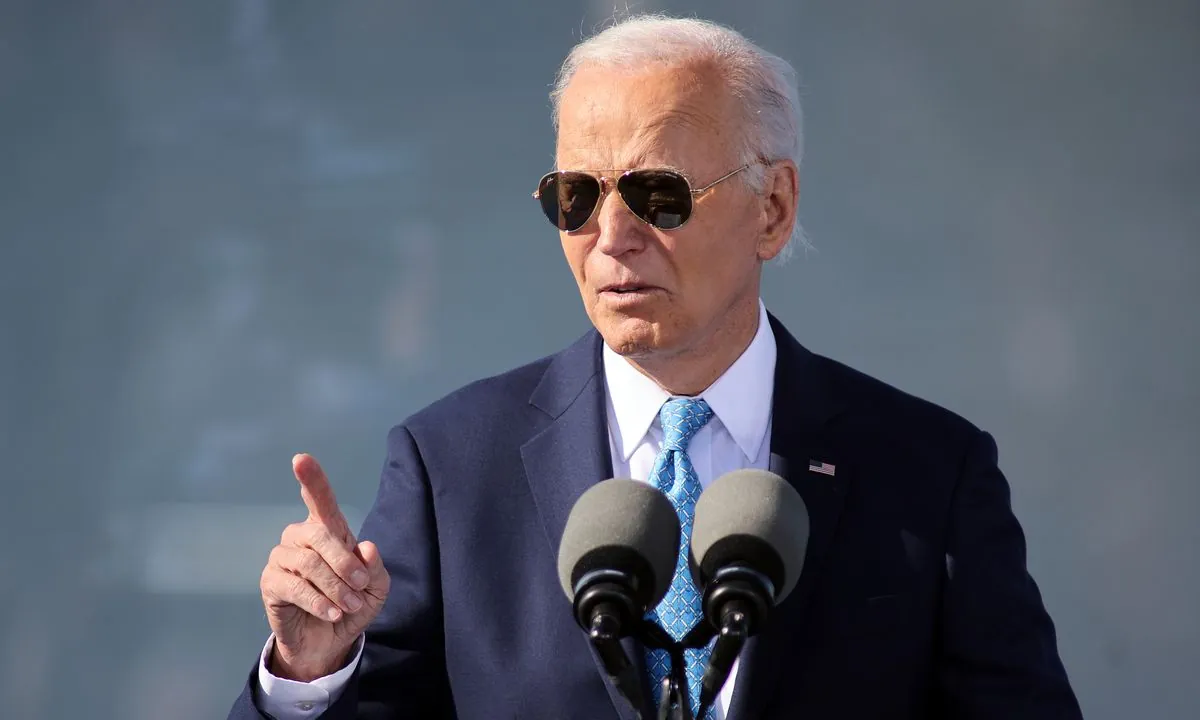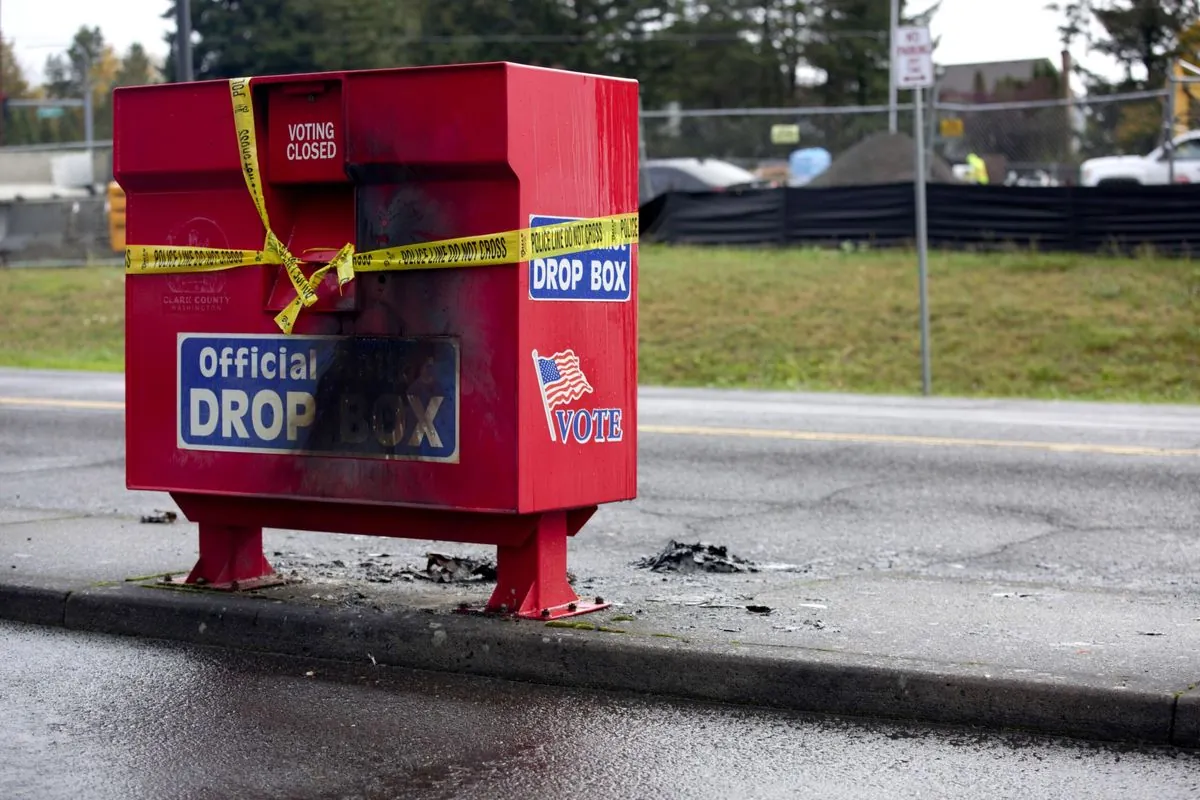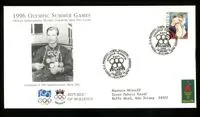Stranded Astronauts Adapt to Extended ISS Stay After Boeing Setback
Astronauts Wilmore and Williams discuss challenges of unexpected prolonged space mission. Originally slated for 8 days, their stay may extend to 8 months due to Boeing Starliner issues.
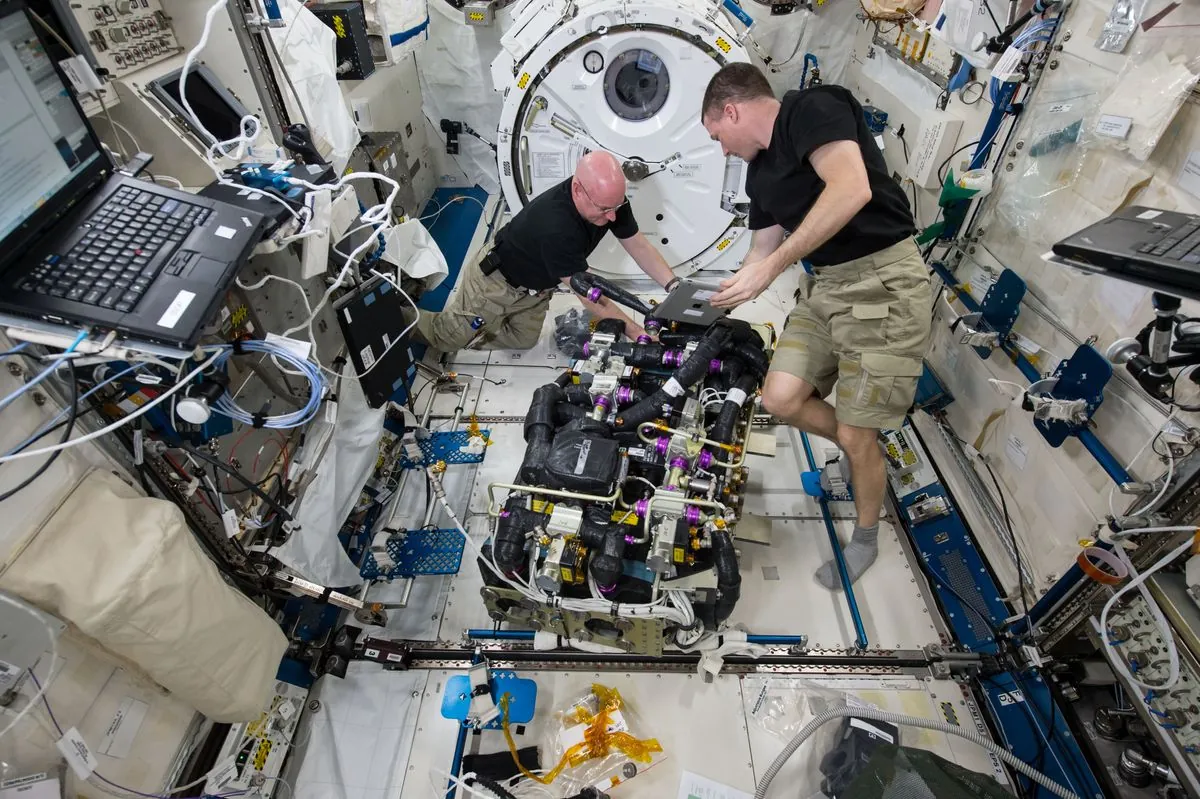
Butch Wilmore and Suni Williams, two NASA astronauts, find themselves in an unexpected situation aboard the International Space Station (ISS). Their mission, initially planned for eight days, has been extended to potentially eight months due to issues with the Boeing Starliner capsule.
On September 13, 2024, the astronauts shared their first public comments since the Starliner's return to Earth without them earlier that month. Wilmore acknowledged the challenges they've faced, stating, "It was trying at times. There were some tough times all the way through."
The ISS, orbiting Earth at an average altitude of 420 km (260 miles), has been their home since June 6, 2024. This unexpected extension has transformed their role from test pilots to full-fledged crew members, participating in routine maintenance and experiments.
Williams, who has previous experience on the ISS, expressed her positive outlook: "This is my happy place. I love being up here in space." The station, which has been continuously occupied since November 2, 2000, provides a unique environment for scientific research in microgravity.
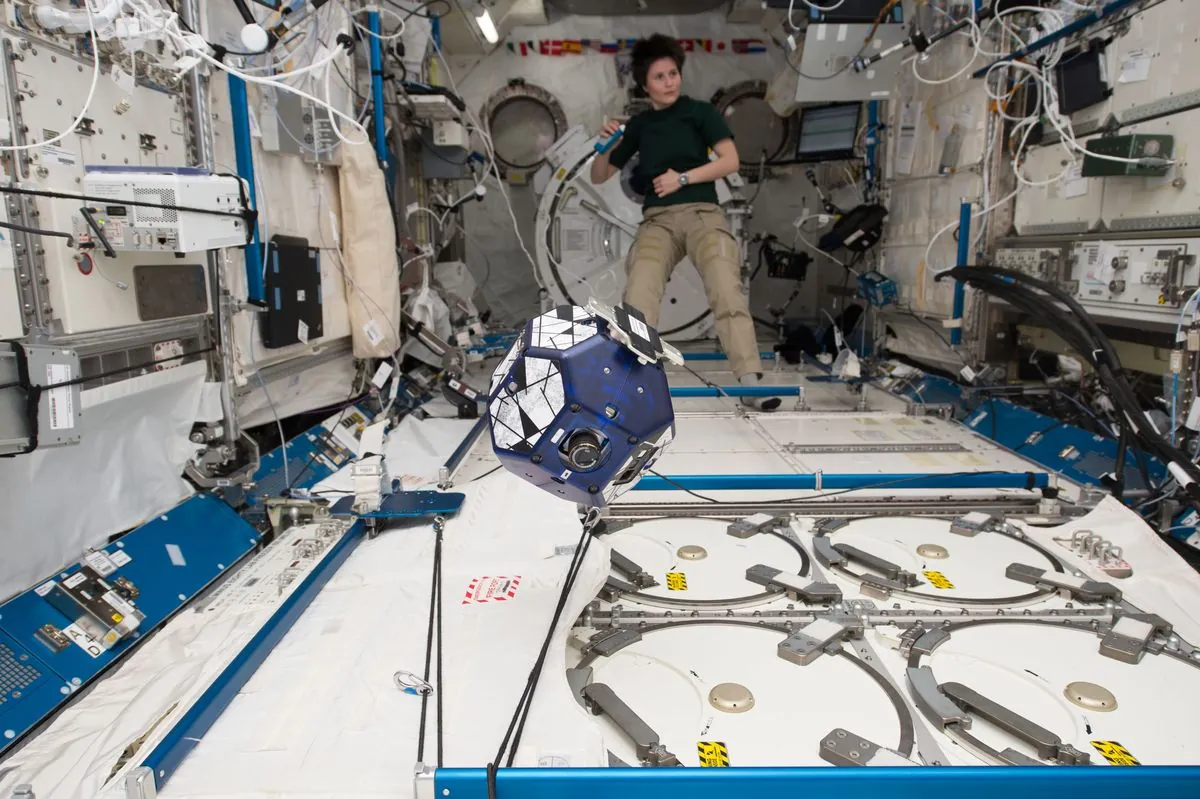
The extended stay presents personal challenges for both astronauts. Wilmore will miss his youngest daughter's final year of high school, while Williams expressed concern about losing face-to-face time with her mother. Despite these difficulties, they remain committed to their mission and civic duties.
Wilmore has requested an absentee ballot to vote in the November 2024 election from orbit, demonstrating the importance of maintaining civic responsibilities even in space. This highlights the unique challenges faced by long-term space inhabitants, as the ISS completes 15.54 orbits per day around Earth at a speed of about 7.66 km/s.
The station's current population has temporarily increased to 12 with the arrival of a Soyuz spacecraft carrying two Russians and an American. This brings the total number of individuals who have visited the ISS to over 240 from 19 countries since its inception.
The Boeing Starliner capsule, which brought Wilmore and Williams to the ISS, experienced thruster failures and helium leaks during its mission. This setback raises questions about Boeing's future in NASA's commercial crew program, which also includes SpaceX as a partner for orbital taxi services.
Williams expressed enthusiasm about the opportunity to fly two different spacecraft on the same mission, stating, "We're testers, that's what we do." This adaptability is crucial for the continued success of the ISS program, a joint project between five participating space agencies: NASA, Roscosmos, JAXA, ESA, and CSA.
As their mission continues, Wilmore and Williams remain focused on their responsibilities aboard the ISS, which has an internal pressurized volume of 916 cubic meters. Their extended stay contributes to the ongoing research and international cooperation that defines the ISS's role in advancing space exploration and scientific knowledge.
"We wanted to take Starliner to the completion and land it back on land at home. But you have to turn the page and look at the next opportunity."
The astronauts' resilience and dedication exemplify the spirit of exploration that drives human spaceflight, as they continue their work aboard the third brightest object in the night sky, visible from Earth with the naked eye.













